Discover 11 hidden attractions, cool sights, and unusual things to do in Cambridge (United States). Don't miss out on these must-see attractions: Christ Episcopal Church and Cemetery, Richardson Maritime Museum, and Bill Burton Fishing Pier State Park. Also, be sure to include City of Cambridge in your itinerary.
Below, you can find the list of the most amazing places you should visit in Cambridge (Maryland).
Table of Contents
Christ Episcopal Church and Cemetery
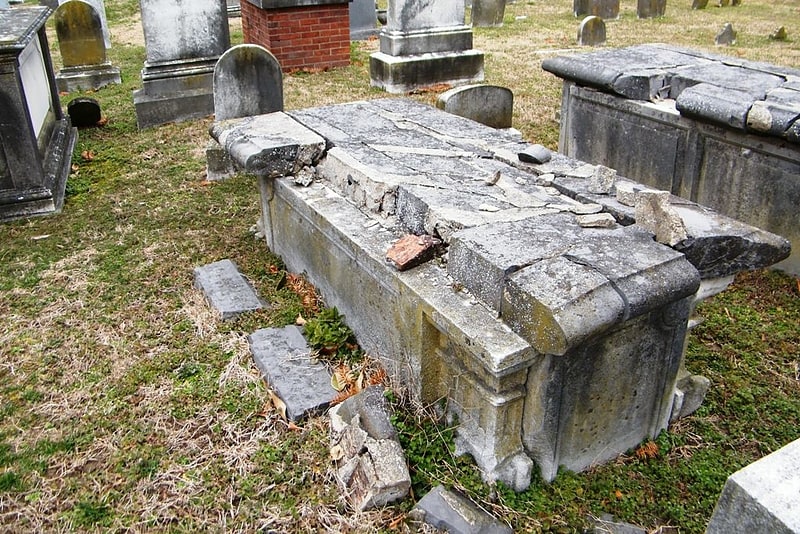
Episcopal church in Cambridge, Maryland. Christ Episcopal Church and Cemetery is an historic Episcopal church and cemetery located at Cambridge, Dorchester County, Maryland U.S.A.[1]
Address: 601 Church St, 21613-1729 Cambridge
Richardson Maritime Museum

Specialty museum, Museum
Address: 401 High St, 21613-1804 Cambridge
Bill Burton Fishing Pier State Park
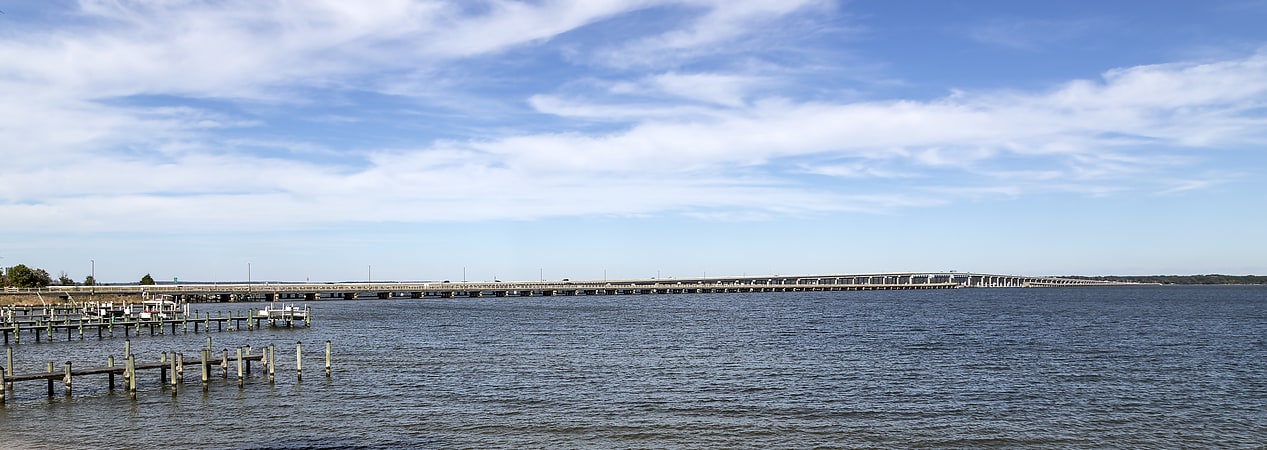
State park in Talbot County, Maryland. Bill Burton Fishing Pier State Park is a public recreation area on the Choptank River in Trappe, Maryland. The state park preserves portions of the former Choptank River Bridge as a pier, and includes 25 acres of land upriver from the pier in Talbot County.
The fishing pier was created after the Emerson C. Harrington Bridge, which had been dedicated in 1935 by President Franklin Roosevelt, was replaced with the Frederick C. Malkus Bridge in 1987. In 2011, the pier was renamed to honor Bill Burton, a long-time outdoors writer and Chesapeake Bay fishing advocate, who played a significant role in preserving the old bridge as a fishing pier when the new bridge was constructed.[2]
City of Cambridge

City hall
Address: 410 Academy St, Cambridge
Rock Methodist Episcopal Church
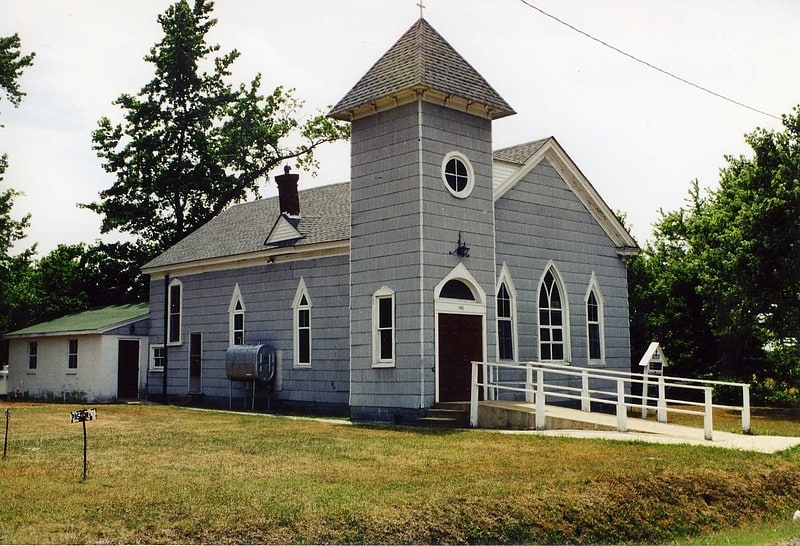
Church building in Dorchester County, Maryland. The Christ Rock Methodist Episcopal Church is a historic church building in Dorchester County, Maryland. It is located across from the Stanley Institute, at the junction of Maryland Route 16 with Rock Drive. The wood-frame building was built in 1875, and rebuilt in 1889 and 1911. The church served a congregation of African Americans who migrated to Dorchester County after the American Civil War.
The church was listed on the National Register of Historic Places in 2014, as "Rock Methodist Episcopal Church".[3]
Stanley Institute
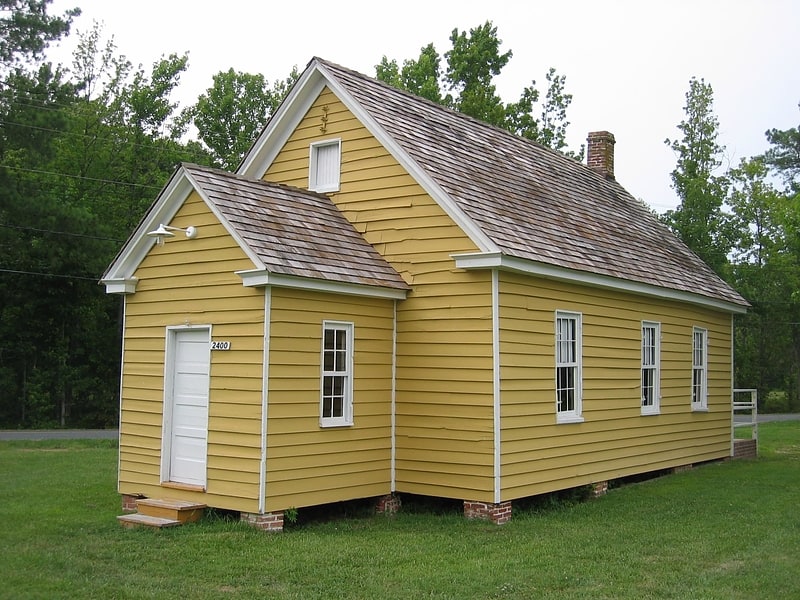
Building. Stanley Institute, also known as Rock School, is a historic African American school building located at Cambridge, Dorchester County, Maryland. It is a rectangular one-story, gable-front frame building with a small entrance vestibule built about 1865. Three original blackboards still occupy their proper locations. The building was moved to its present location from a site near Church Creek in 1867. It served as both a church and a school until the erection of the present Rock Methodist Church later in the 19th century.
It was listed on the National Register of Historic Places in 1975.[4]
Address: 2400 Cambridge Byp, Cambridge
Cambridge Municipal Yacht Basin
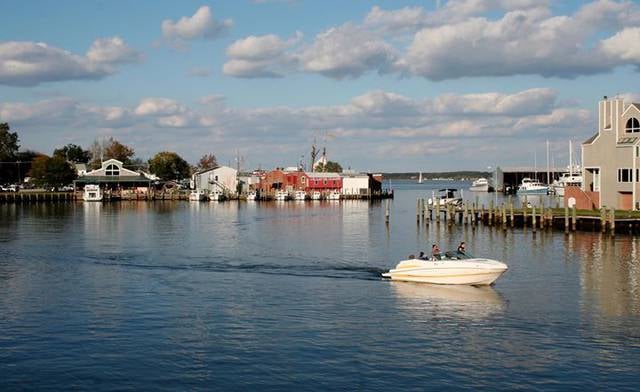
Boat or ferry, Bridge
Address: 2 Yacht Club Dr, Cambridge
Dorchester County Courthouse and Jail
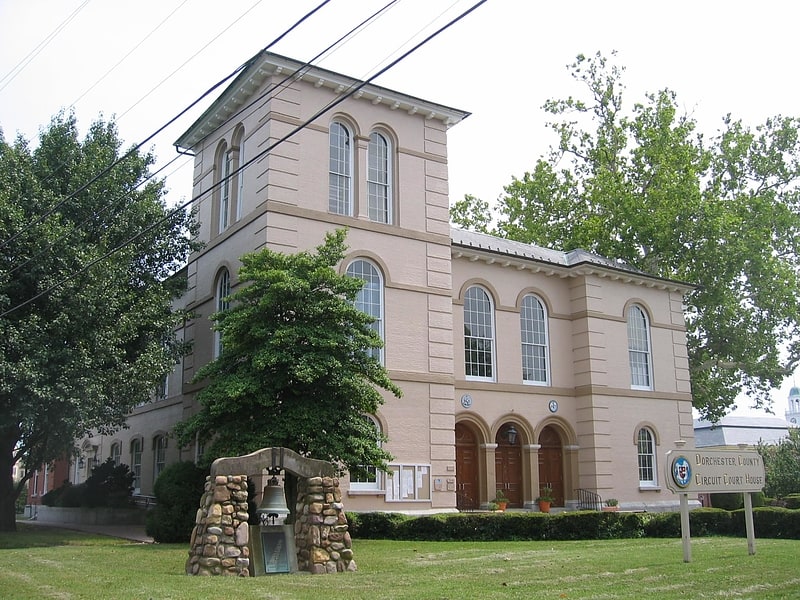
Courthouse. Dorchester County Courthouse and Jail is a historic courthouse building located at Cambridge, the county seat of Dorchester County, Maryland. It is an Italianate influenced, painted brick structure, which was enlarged and extensively remodeled with Georgian Revival decorative detailing in the 1930s. The building entrance is flanked on the north by a three-story tower. It was constructed in 1853, and is the only courthouse designed by Richard Upjohn in Maryland.
The County Jail, which stood to the southeast of the courthouse from about 1882 until its demolition in 1994, was a Queen Anne and Romanesque Revival style granite structure with brick and terra cotta features. The jail was the work of the Baltimore architect, Charles L. Carson.
It was listed on the National Register of Historic Places in 1982.[5]
Goldsborough House

The Goldsborough House is a historic home located at Cambridge, Dorchester County, Maryland, United States. It is a two-and-a-half-story painted brick Federal-style house with a five-bay symmetrical facade, built about 1793. The house features an Ionic columned entrance portico.
The Goldsborough House was listed on the National Register of Historic Places in 1988.[6]
Sycamore Cottage
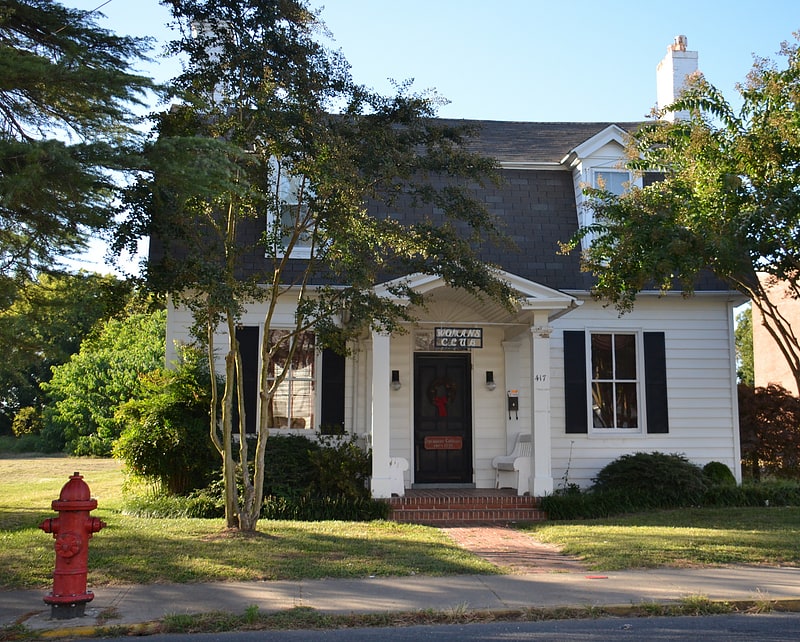
Assisted living facility in Basingstoke, England. Sycamore Cottage is a historic home located at Cambridge, Dorchester County, Maryland, United States. It was built possibly as early as 1765. The house is a 1+1⁄2-story gambrel-roofed frame structure. Remodelings during the 19th century include adding Victorian windows, a central Colonial Revival entrance porch, 1840s Greek Revival interior decorative detailing, and the addition of a large one-story meeting hall. It was moved to this location in 1840. Since 1922, Sycamore Cottage has been the headquarters of the Cambridge Woman's Club.
Sycamore Cottage was listed on the National Register of Historic Places in 1988.[7]
Pine Street Neighborhood Historic District
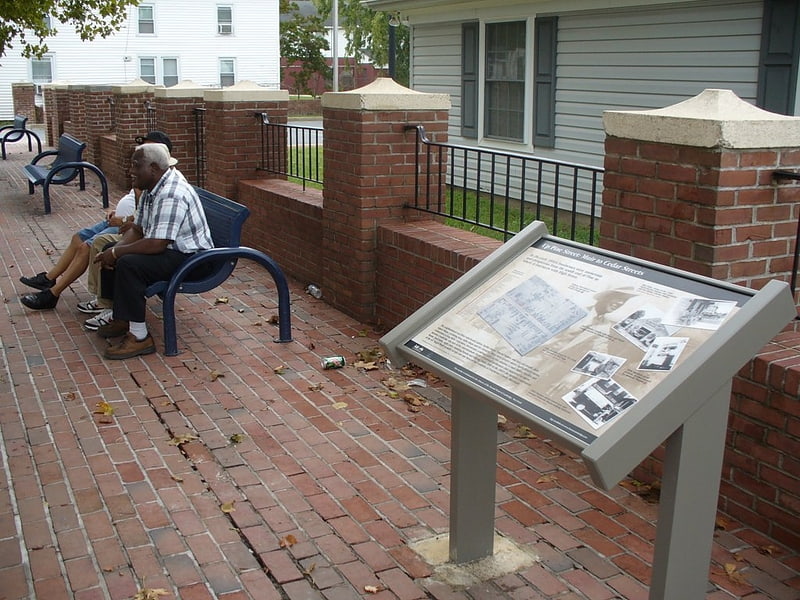
Historical place in Cambridge, Maryland. The Pine Street Neighborhood Historic District encompasses a neighborhood of Cambridge, Maryland with more than 150 years of history as an African-American neighborhood. The district covers about 100 acres of Cambridge, centered on the triangular intersection of High, Washington, and Pine Streets. It is a predominantly residential area with some commercial development. The majority of the district's housing consists of somewhat uniform factory worker housing. There are rows of two-story, two-bay, gable-front frame houses, sometimes with four-bay duplexes.
The district was listed on the National Register of Historic Places in 2012.[8]